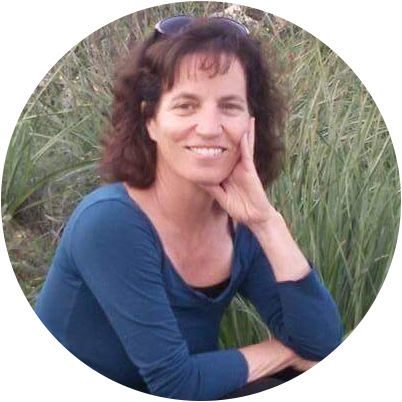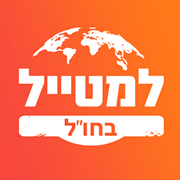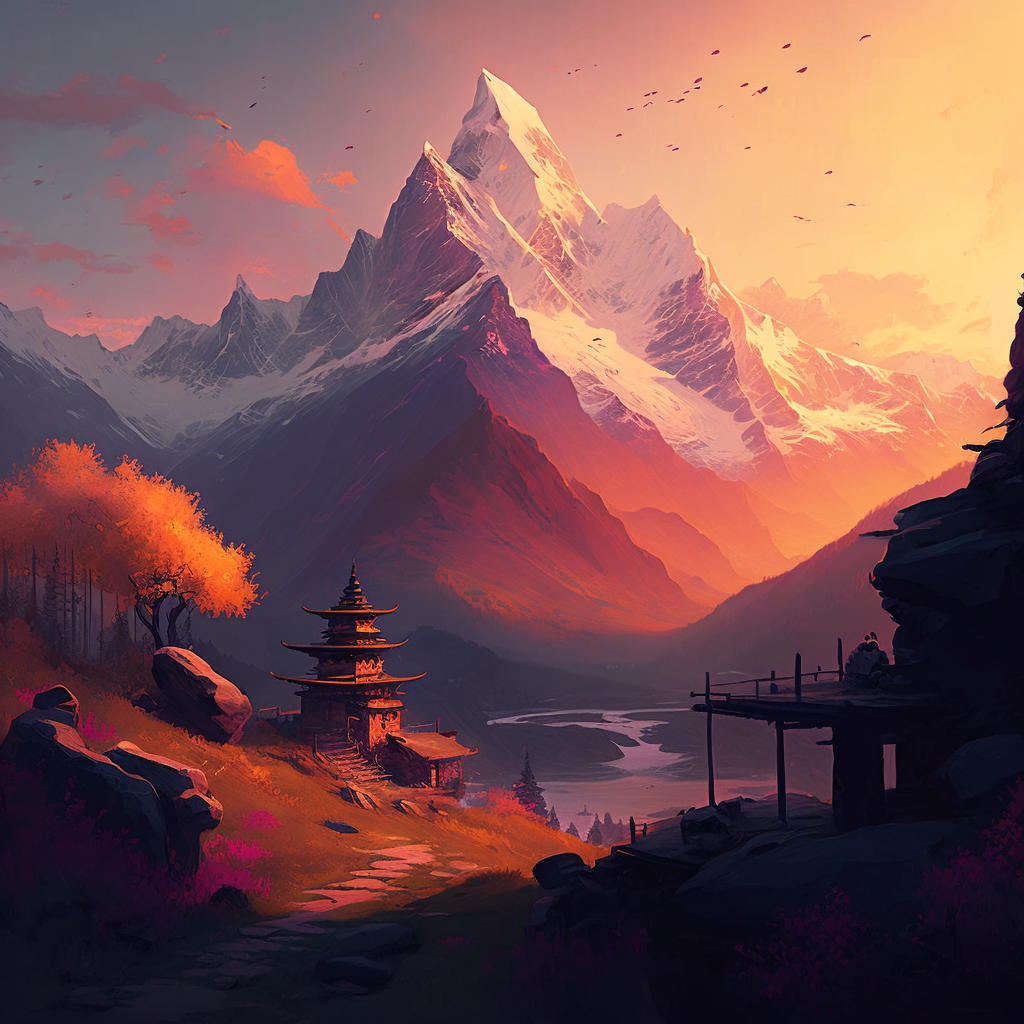Hotel and Lodge:
RedroseTravel arranges the best comfy and pleasant accommodation and provides you the well-nourished hygienic foods. Throughout your stay in Kathmandu i.e. 3 nights you will be staying at the best standard hotel which will be rating at 2- 3-star hotel. Although if you want to stay at 4- 5-star hotel in the well sumptuous hotel and are able to pay for this expenses then you have this kind of choices but for the luxurious hotel the payment should be deposited by the clients itself. As the RedroseTravel company can only afford the hotel which is the rate at 2-3 star hotels. However once you are set for your trek there will be no such facilities like in the city of Kathmandu and one should not expect like Kathmandu as we are trekking to the remote area so, we will be staying at tea houses and local lodges. In such hotel there will be a usual bed and of course pillow. Most of the lodges of this region depend on lanterns or candle only a few has the facility of electric lights nonetheless you will be getting clean hygienic food which is most important. Most of the lodges will be already booked earlier before your trek however in some situation we will be not able to book in advance but not to worry we can book -in while reaching there because there are ample of lodges and some tea houses in this region and if not we can easily set a camp which will the most adventurous part of the trek itself is interesting and adventurous.
Meals and Drinks:
We the company totally focuses on client’s meals by making sure that each and every client get the same portion which is clean hygienic and nourished which is most necessary while trekking. While trekking all the meals i.e. breakfast, lunch and dinner are provided but in the Kathmandu city sometimes breakfast and sometimes dinner are included where you can go through the each detail itinerary below. During trek breakfast and dinner will be served in the lodges or teahouses and for the lunch our expert trek leader or guide will be taking you the best clean hotels. However we suggest you carry a water purification tablets to purify the water as on the way you will get normal water but if you want bottled mineral water you will easily get in some shops or tea houses but the expense of the bottled water should be paid by the client itself as it is not included in package.
Best Season to Travel:
The best time for Upper Dolpo Trek is from May to October. During this time, the weather is clear and stable with warm and long days and cool nights, which is perfect for an almost month-long trekking journey. Monsoon season starts in June and lasts until September but the Dolpo region is not much affected and is relatively dry compared to other parts of Nepal.
The months of May and June offer magnificent views and clear skies, making it a perfect time to trek. In July and August, the days are warmerand the Monsoon is at its peak. So plan accordingly and discuss your trip with your agency about your goals and needs.
After the Monsoon ends September and October is one of the best times for trekking in the Upper Dolpo region. Clear skies, moderate temperature and beautiful landscapes areparadise for a trekker.
Luggage/Backpack:
Throughout your trekking your luggage will be carried by our porters and you have to carry your own small baggage containing your own water bottle, towel, tissue or toilet paper, camera or any other stuff which you usually carry and this small baggage should be carried by yourself. Some of the gears and clothes which are not needed during your trek can be left in the hotel safe deposit box carefully locking it properly and for the deposit there will be no charges so, you can freely keep your belongings which are not needed. The Nepal domestic airlines do not exceed more than 15 kg which also includes your hand baggage. If your baggage exceeds more than 15 kg then some charge should be deposit which is not included in the package.
Guide/Porter on Trek:
We the company RedroseTravel will be providing you the well expert trained trekking guide who will be handling all your trip issue. Also we will be providing you a cordial and sincere porter who will be carrying your 10 kg luggage of each client. Like if you are trekking in a huge group like more than 10 people than we will be providing you an extra guide which will be divided into two groups or more than three according to the number of people in the group.
Group Size, Guide and Crew Member:
RedroseTravel arranges trek with the minimum solitary client to maximum 16 clients in a group. In the larger group we will be arranged by dividing the groups. However one can stay in the same lodge but during your trek you will be having a different guide. We the RedroseTravel offers one guide for maximum 10 people in the group and if the number exceeds more than 10 till 16 then we will be providing you 2 guides.
Personal Expenses on Trek:
Your personal expenses should be deposited by yourself like if you addicted to alcohol and all the alcohol you consume during your trip should be paid by yourself that goes to snacks or any other additional meals. Though the cost of accommodation and meals are included in package but such additional meals and drinks- alcohol and non-alcohol beverage, snacks, tips for guide and porters, hot shower- accessible only in some hotel, entrance fee around $ 25 for visiting heritage sites of Kathmandu, meals while you are in Kathmandu and the normal meals will cost around $ 5-7. It is up to you whether you like to give tips to the guide and porter, if you are satisfied with their services then you can tip them.
Gears Available in Kathmandu:
For the trekking equipment you can easily get it at Nepal country stores at the reasonable price and if you like you can also rent the trekking equipment. You don’t have to carry or buy from your hometown because all the trekking gear can be easily available in this country –Nepal.
A Typical Day on Trek:
On a customary day you are necessary to trek for 4-6 hours each day. After breakfast we will start to walk and then we will be stopping for a lunch and after lunch we will walk for 3-4 hours to reach our destination. After lunch we will be trekking only for few hours and we will reach our trekking destination in 1—2 hours. Like in some days you will reach your destination in afternoon hours and then you can have lunch and then relax, or take shower, read a novel or wander around the area and even you can play cards with the group, guide and all.
Our Greetings at Airport:
We suggest you that when you are confirmed for this trip we advise you to give us your international flight schedule so, we the team can easily get to you and pick you up from the airport on time. As soon as you finish processing the customs formalities and come out from there and there you can find our representative carrying a signboard of RedroseTravel and the team will greet you and take you to the hotel in private vehicle. Like if you have already booked the hotel by your own then we advise informing the hotel that you are staying so it will be easy for our representative to drop you at the hotel.
Itinerary and Possible Changes on it:
Our usual itinerary of the trek is 24 days which is main customary and pragmaticwhich has also included your arrival day, departure day or Kathmandu sightseeing day tour are all included in this package itinerary. If you like to adjust the itinerary we can set it for you as per your desire so, before that let us know before booking the trip and then we will arrange the itinerary and the cost. Like if you like to extend more days then we will even manage it for you as in our package we have kept extra day because we don’t know the situation of Himalaya weather it suddenly changes and faces problems like delayed flights or cancellation of flight.
Insurance/Rescue/Evacuation:
Client’s safety is our main priority and makes sure that each and every client is well taken care of. If by chance anyone got sick during trek we will take you to the hospital and if one is seriously ill then we will rescue a helicopter and then they will take you to the hospital and all the expenses are carried out by the travel insurance company so, make sure to cover the insurance policy. For the further information you can go to the Nepal Travel Insurance page.
Booking and Payment:
For booking any trip, trek, expedition first you have to deposit 20% in advance if you are confirmed for the trek you have to send even your flight detail schedule, a passport photocopy and if you cancel the booking then this 20% is not -refundable. The remaining 80% can be paid when you reach Kathmandu and if you want to pay in advance you can deposit it by transferring through a bank, credit card so, lets us know then we will be sending you the detail for payment.
Dolpo Trek Difficulty:
The Upper Dolpo Trek is considered a challenging trek, not only for its terrain but also for the sheer number of trekking days. This trek is not suitable for inexperienced trekkers or those with low fitness levels. As mentioned, the trek involved long days of hiking over rough and steep terrain, and we will be trekking at high altitudes, which will make it physically and mentally demanding.
We will reach an altitude of 5,100 metres, which is quite high and without a properly experienced team and proper acclimatisation, there is a high risk of altitude sickness.The other problem is the remoteness of the Dolpo region; it's like an isolated region with no connection to the outside, which creates difficulties like poor trail conditions and limited access to proper health facilities in case of emergency. So do your research and be prepared for the challenges that you can face during the Upper Dolpo Trek.
Altitude Sickness:
As we will be reaching an altitude of 5,100 metres, acute mountain sickness (AMS) is seen in most trekkers during the Upper Dolpo trek. It is caused by the reduced amount of oxygen in our bloodstream due to high altitudes and can cause headaches, dizziness, nausea, and shortness of breath. If you feel any of the symptoms, then inform your trekking guide.
- Gradually move up to the higher altitude and take acclimatisation and rest days as much as possible. If any of the symptoms are seen, then try to ascend to a lower altitude as soon as possible.
- Stay hydrated drink plenty of water throughout the trekand avoid alcohol and caffeine, as they will dehydrate your body.
- Deamox is a commonly used medicine for altitude sickness, but do consult your doctor before using it.
As we will be reaching an altitude of 5,100 metres, acute mountain sickness (AMS) is seen in most trekkers during the Upper Dolpo trek. It is caused by the reduced amount of oxygen in our bloodstream due to high altitudes and can cause headaches, dizziness, nausea, and shortness of breath. If you feel any of the symptoms, then inform your trekking guide.
- Gradually move up to the higher altitude and take acclimatisation and rest days as much as possible. If any of the symptoms are seen, then try to ascend to a lower altitude as soon as possible.
- Stay hydrated drink plenty of water throughout the trekand avoid alcohol and caffeine, as they will dehydrate your body.
- Deamox is a commonly used medicine for altitude sickness, but do consult your doctor before using it.







